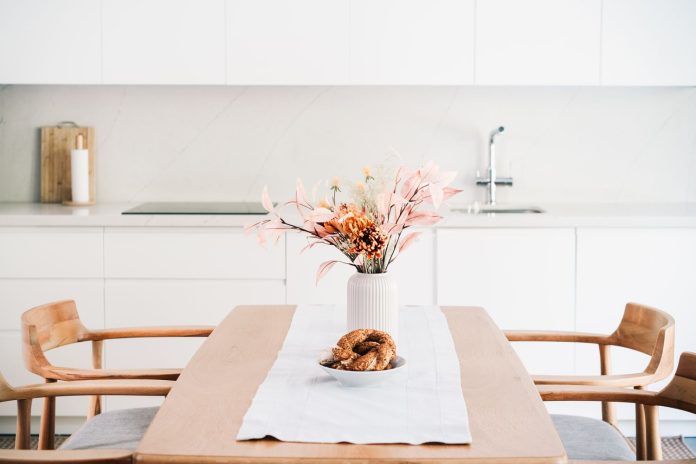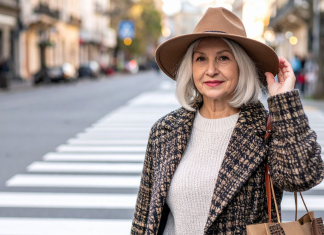Key Points
- Traditional minimalism is fading as people seek homes that feel personal, expressive, and less rigid.
- The aesthetic’s decline stems from overexposure and the rise of trends that favor colorful, eye-catching spaces.
- Instead of strict minimalism, warm minimalism and maximalism are gaining traction.
Minimalism is beautiful, but it isn’t for everyone. However, for many years, it’s been considered an enviable lifestyle choice, with less-is-more mantras encouraging people to ditch décor in favor of the bare essentials. This approach may work for some—minimalist devotees still abound—but it’s not always practical at scale.
The result? Nowadays, people are slowly drifting away from traditional minimalism and toward a more nuanced, even maximalist design ethos. But is minimalism truly going out of style, or will it remain a constant presence in 2026 and beyond?
What Is Minimalism?
FollowTheFlow / GETTY IMAGES
The definition of minimalism isn’t so straightforward. Over the years, it has evolved to mean different things to different people—so much so that it has become a twofold principle.
“There’s aesthetic minimalism, which is about materials and quality—you can’t go wrong with that,” says interior designer Noz Nozawa. “Then there’s lifestyle minimalism, which is about austerity of possessions and being very edited.”
The latter can apply not just to interiors, but also to how you pack for a vacation, the way you organize your desk, or what you choose to keep in your medicine cabinet. However, aesthetic minimalism requires a certain degree of cleanliness and order, too, as it relies entirely on clean lines, beautiful materials, and structure.
“It does look worse when there’s a mess outside of the cabinet,” Nozawa adds. “People need to be honest with themselves about how much they’re willing to get rid of.” Other design styles, like maximalism, can still shine even with a few kids’ toys lying around—minimalism, by comparison, can feel more restrictive.
Is It Going Out of Style?
Minimalism is a tricky style to pull off, and requires a certain degree of dedication and organization—something that will turn some homeowners off. However, more than that, it’s just become too overexposed.
Interior designer Isabel Ladd cites the modern farmhouse look as an adjacent example: “[that] white subway tile and greige was in front of the audience for so long, [and] once it hit the mainstream it just stayed there,” she says. “People got accustomed to seeing it.”
Minimalism isn’t quite as splashy as maximalism when it comes to Instagram feeds, either. “People are always trying to one-up each other [on social media], and make something to stop the scroll—something memorable,” adds Ladd. Take an austere, gray-and-white living room and compare it with a red entryway filled with memorabilia, and the latter will naturally stand out more on an Instagram search page.
There’s been a rise toward a more individualistic design style, too. People want homes that reflect their own tastes and experiences, and a spare, tightly-organized living room often doesn’t achieve that. “Sentimental objects that you keep because they made you have a big feeling—those are things that are proof of life in someone’s home,” Nozawa adds.
The going wisdom of organizational minimalism—that only things with function should really stay—has also felt less appealing in light of recent events. “There’s a lot that so many of us have lost over the years, between Covid-19 and the fires in Los Angeles,” Nozawa says. “There’s a lot of uncertainty.” Holding on to nostalgic or sentimental objects, then, feels more vital than ever—even if they don’t fit in with a minimalist lifestyle.
What’s Next
Homepolish
The natural antithesis to minimalism is maximalism, which has certainly seen more interest in recent years. “I want my eye to always be traveling around a room,” says Ladd of its appeal. “I don’t want to walk into a space where my eye lands on just one amazing piece.”
Another alternative is a natural evolution: warm minimalism. A cozier alternative, the new trend prioritizes earth tones and natural materials, creating a more lived-in environment that feels less austere.
The bottom line? Hold on to those décor objects if you love them. Minimalism doesn’t always have to be followed so closely—especially in the coming years. “Life is short,” says Nozawa. “Keep your things if they still bring meaning!”







